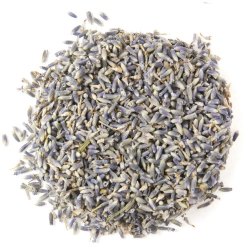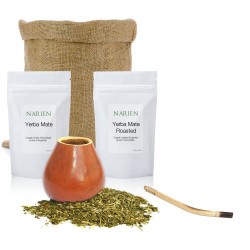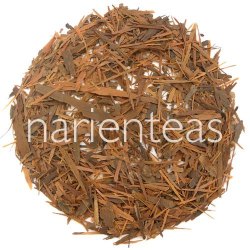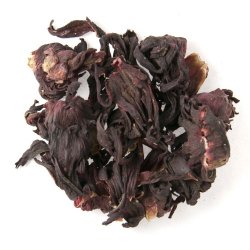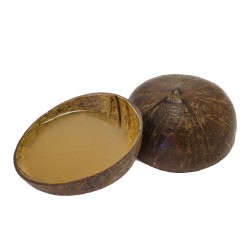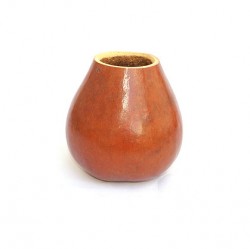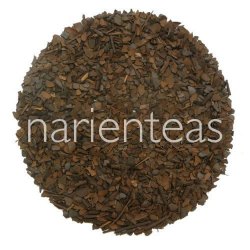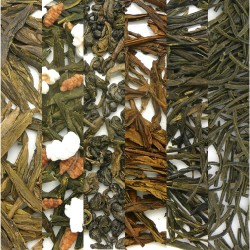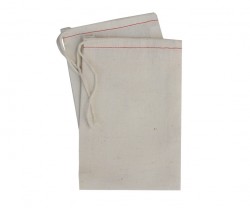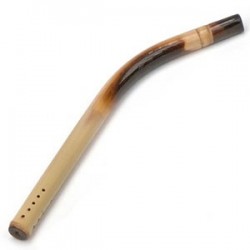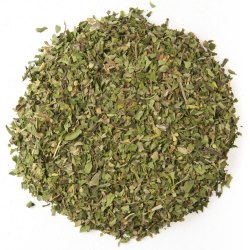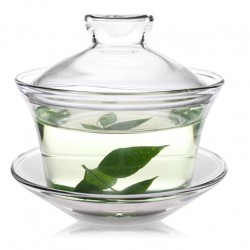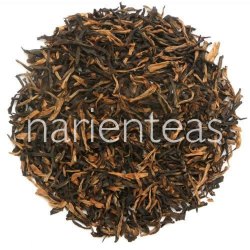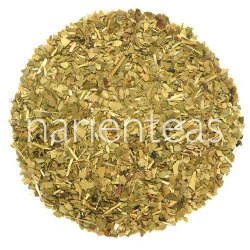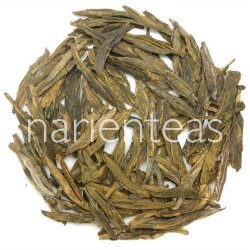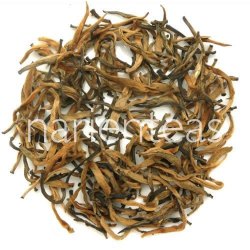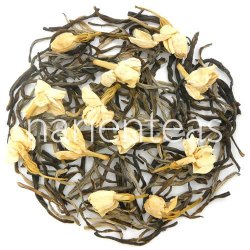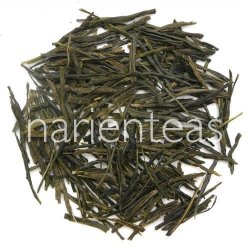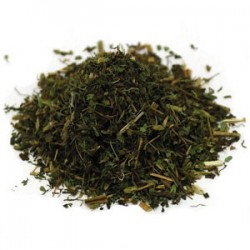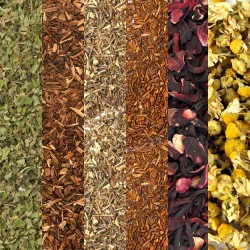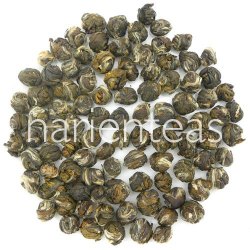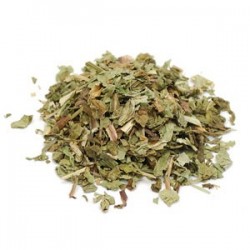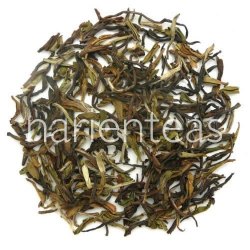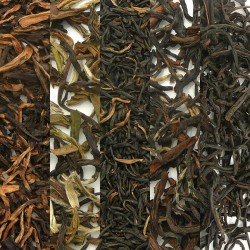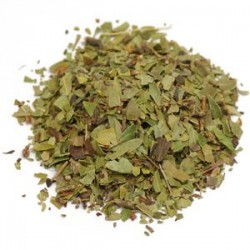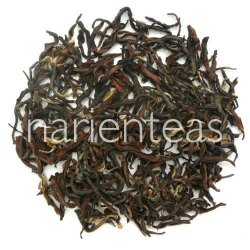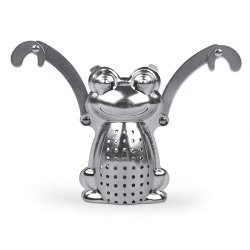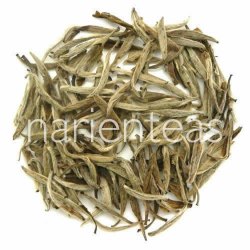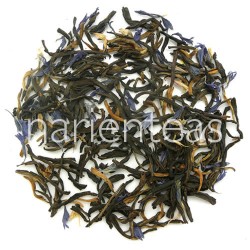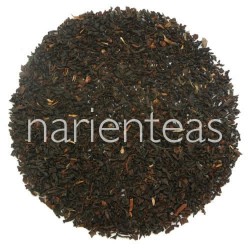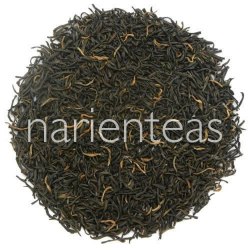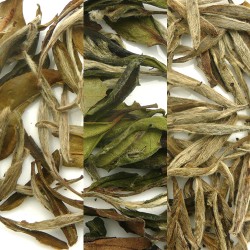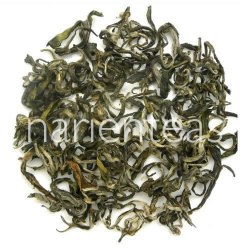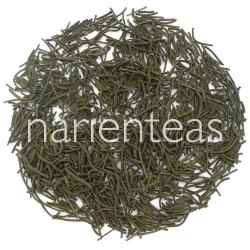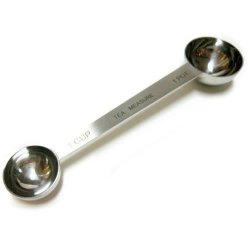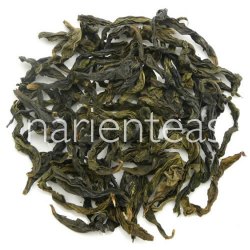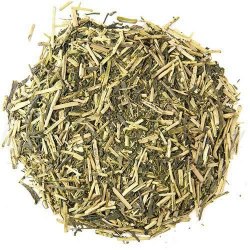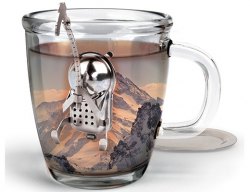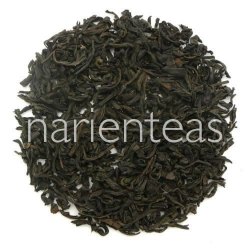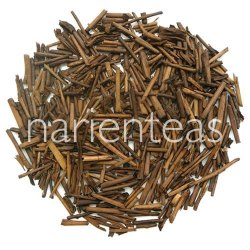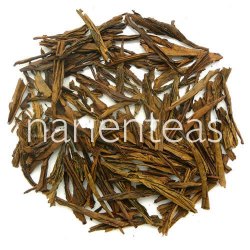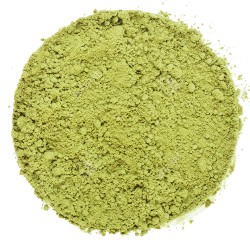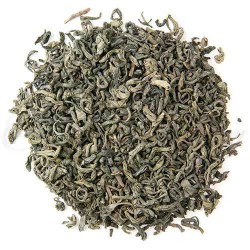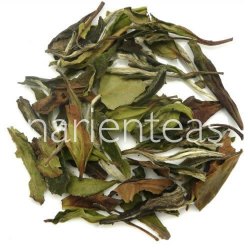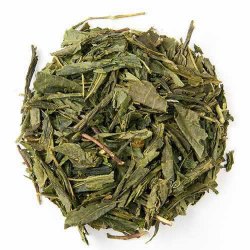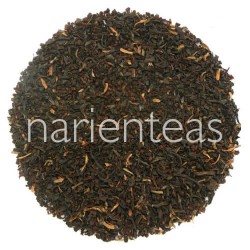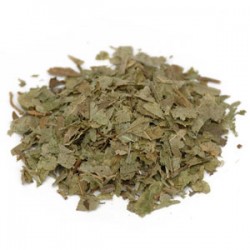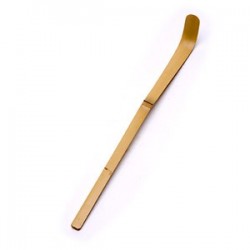- Brewing & Distilling
- Caffeine Free
- Culinary
- Fair Trade
- Medicinal
- Organic
- Sprouting Seeds
- Tisane
- Viable Seeds
- Wildcrafted
Free Shipping $49+
January Discount 10%
Tea
Discover loose leaf tea with our selection of single estate teas.

For one of the most commonly consumed beverages in the world, there is quite a bit of confusion and misconception when it comes to the actual definition of tea. Though there are dozens and dozens of different varieties of tea that grace the shelves of your local supermarket, in order for a beverage to be factually referred to as tea, it must contain harvested product from the Camellia Sinensis plant. The many different flavors of tea available can be created by adding different things in with the cured leaves of the Camellia Sinensis plant or by the method in which the leaves themselves are harvested, fermented, roasted and prepared for sale.
Tea has been grown, harvested and enjoyed for thousands of years in the very same manner in which we enjoy it today. The three most commonly seen varieties of tea are white, green and black and all come from the very same plant - the white are non fermented and produce the most light and delicate flavor; the black are heavily fermented and produce a very strong flavor and the green lay somewhere in the middle in terms of fermentation and depth of flavor.
The Camellia Sinensis plant prefers a warm, humid climate with plenty of rain and grows best in soil with good drainage in reasonably high elevation. Camellia Sinensis plants can take up to two years to produce the high quality and harvestable leaves which are roasted, packaged and made available for sale and consumption, but caring for and cultivating your very own tea that you can experiment with to produce your own unique flavors is well worth that long wait for many tea enthusiasts.
The beverage itself is produced by submerging the harvested product from the tea plant into hot or boiling water and allowing it to steep until the desired strength has been reached, which usually takes no more than a few minutes. A number of different things can be added (blended) with the dried and roasted leaves of the Camellia sinensis plant to produce a multitude of different scent and flavor combinations - most commonly fruit, floral or sweet scents and flavors like orange, lavender or vanilla. Many tea drinkers also alter the flavor of this popular beverage by adding things after the tea has already steeped - sugar, milk, lemon, cinnamon and peppermint are all popular additives to steeped hot tea.
There is no other beverage that can be so relaxing at times, while so invigorating at others; that can be enjoyed either hot or cold and that is so very easy to prepare yet produces flavors that are so complex as the incredible beverage that is commonly referred to simply as tea.
All tea (excluding herbal) come from the evergreen tea bush Camellia Sinensis. In the wild the tea bush may grow up to 60 feet tall. When grown for harvesting the plants are kept to an average hight of three feet.
Depending on the region where the tea is grown, the climate, soil conditions, and processing of the raw leaves determines the type of tea being made. There are around 3000 varieties of tea each with its own characteristics.
